"So what do you do?"
Ever felt that heart-pounding sensation when confronted with the seemingly innocent question: "so what do you do?"
Imagine if, instead of dreading that question, you actually looked forward to it, seeing it as an opportunity to tap into what truly ignites your passion.
Picture yourself confidently and engagingly expressing a rich, vibrant answer that stems from a secure sense of self, just like those people you admire who seem to radiate clarity about their identity and purpose.
However, for those of us who don't fit neatly into predefined categories, navigating this journey can be bewildering.
We often find ourselves adrift, unsure how to convey what we're all about. In a world that favours linear narratives, we often wrestle with expressing our diverse passions and experiences.
We aim to avoid the trap of 'not looking good on paper', so we simplify our stories, sacrificing the depth and richness of our true multidimensional selves.
But what if we shift the spotlight from what we do to who we are?
We each contain multiple characters in search of an author
As human beings, we are always giving a performance of self.
The way we present ourselves in everyday life changes and flexes depending on who we are with and what we wish to communicate.
Our identity is not fixed but constantly evolving and influenced by external forces. We are multifaceted individuals in a constant state of flow.
If we each contain multitudes, then who will be the author of our story? Where does our author-ity reside? How do we go about storying our selves?
Most of us default to narrating what I call our social armour story.
Our social armour story is one of linear personal and professional growth, an upwardly cascading series of achievements and milestones on the way from A to B.
It's the story we tell on LinkedIn, in job interviews, on our CV, anytime we want to appear polished, runway ready, and generally like we have our shit together.
But each of us also has a shadow story.
Our shadow story is the one we don't tell in public. It's the messy, complicated and non-linear one that teems with weird and wild moments, half-forgotten hopes, curiosities and hidden threshold moments.
It's the story we mostly keep to (and from) ourselves, though sometimes we surface bits of it while laughing among friends over drinks, or while texting our bestie in tears at 3am.
Both stories are important.
Our social armour keeps us safe. Our shadow self knows what we need.
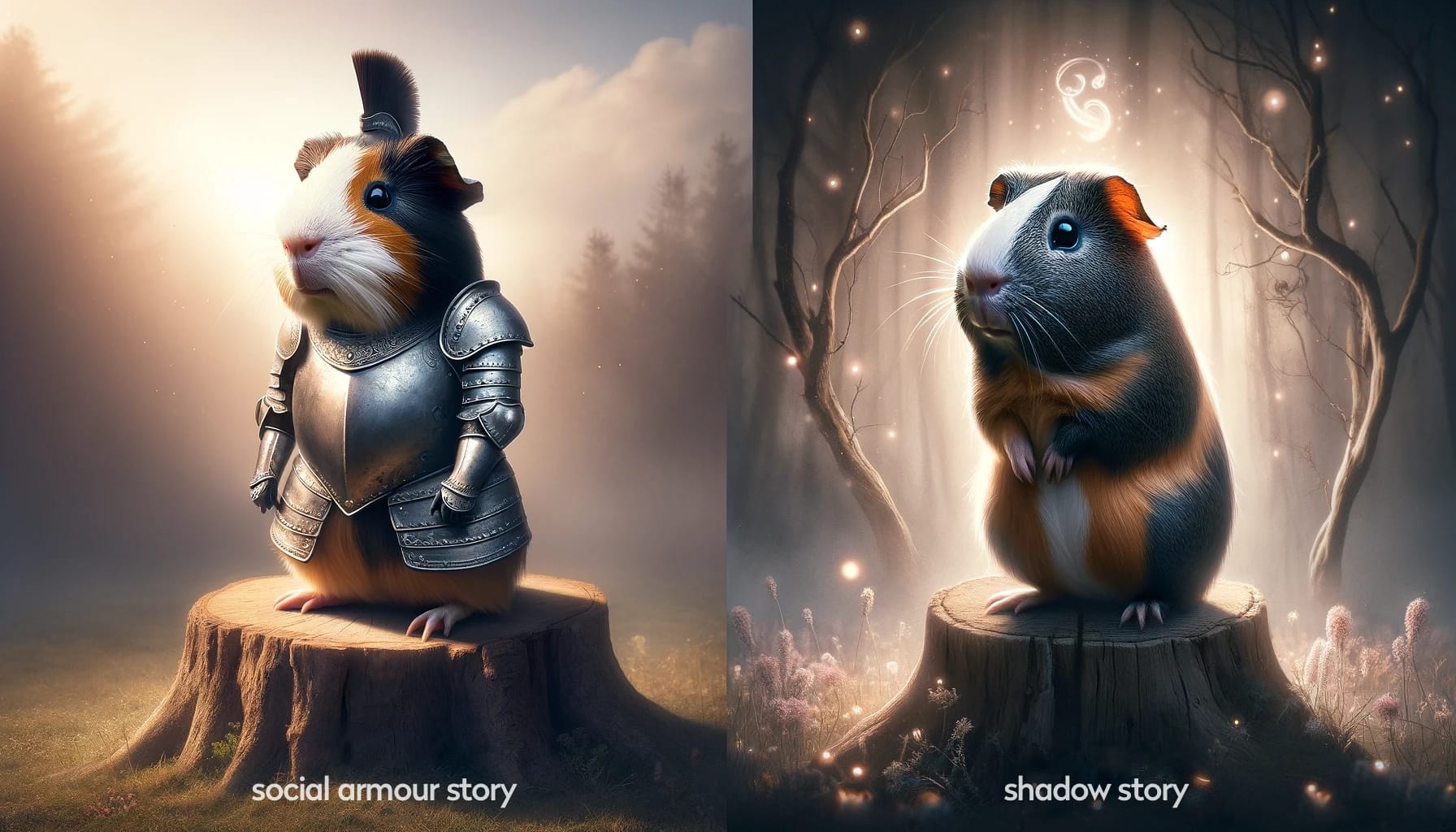
Who is the person underneath your social armour?
We live in a commodified world.
A commodity is, etymologically speaking, a convenient useful product that can be bought and sold.
From an early age, the world teaches us to transform our self into a convenient or useful product for others.
School teaches us to pass tests instead of how to follow our curiosity.
When we apply for jobs, we quickly learn the game of commodifying ourselves for market.

We become used to swimming in the sea of social media, where we learn to mould our creativity and expression to fit what the content algorithms want, and to participate in proof of work rituals to gain social status.
Perhaps most tragically, many of us also learn to set aside our deepest dreams so we can make our loved ones happy and be who we think they want us to be.
"So what do you do?" is another kind of test to pass, every time it is asked – a test that asks us to commodify ourselves as succinctly and artfully as possible.
We tend to forget that these learned habits are all forms of masking with social armour. And if we come to wear that armour as part of our identity, it can be very difficult to know how to take it off, even if we wanted to.
Who are we when life isn't simply keeping us busy passing other people's tests?
Fear of not being enough
Underneath our social armour is usually a human being who is afraid of "not looking good on paper".
Afraid of not being enough.
This is somewhat ironic, because actually the major practical problem we grokkists face in telling our own stories is not that we aren't enough, but that there is too much of us to tell.
Because we are multi-dimensional hummingbirds, we tend to accumulate lots of rich and varied experience but always feel like we're starting from scratch.
Because we have squiggly careers, we experience confusion and doubt about the nature of our expertise, how to name it, and how to value it.
Because we're not always sure what game we're even playing, we lack ways of knowing that would tell us how well we're doing.
Instead, we tend to look at the different games everyone else is playing and compete against the composite of all of them at once.
As a result, whenever we are asked "so what do you do?", in practice we tend to answer in one of two ways:
1) We choose a safe answer
By presenting a smooth surface that hides a squiggly career teeming with accumulated interests and unrelated adventures, we can avoid further questions we feel unprepared or unsafe to answer.
This is often easier for us, but also unsatisfying. It comes at the cost of flattening the unruly richness of our experience and what we have to offer.
If we answer this way enough times, we may even begin to forget that we carry around such richness within us at all.
2) We give a well-packaged answer
This is the kind of carefully-crafted narrative we put in our bios. It suggests hard-won reflection and has all the right words in it, framed to project our personal brand.
We can become so comfortable giving this answer that we barely have to think about it. Such comfort comes at the cost of freshness and vitality.
We may forget to notice how the frozen clarity we once pinned down is now out of step with the person we have since been busy becoming.
We spend a lot of time fretting about the game of how to look good on paper, but in truth this is a game that has no end and we need not win.
The paper version of who we are is a statement fixed in time and place.
Meanwhile, a life led with curiosity is an ongoing question.
We never step in the same river twice, and our response to "so what do you do" will ebb and flow across different times and situations.
There's no need to dissect the bird to find its song.
"Always the beautiful answer who asks a more beautiful question"
– E. E. Cummings
Towards a more beautiful question
"So what do you do" is an ugly question. It's something we ask each other unthinkingly, without genuine curiosity or care.
But you don't actually have to answer "so what do you do?"
When someone asks an ugly question, we can do them and ourselves a service by thanking them and choosing to answer a more beautiful question instead.
Here are some more beautiful questions that you can pretend they asked:
- What do you love that keeps you busy?
- How do you hope to make people feel?
- What do you believe?
- What has held your interest for the longest time?
- What do you care about?
- Who is all this for?
- How do you want people to remember you?
Instead of trying to win at "so what do you do?", why not be a more beautiful answer by giving someone a glimpse of your multidimensional self?
You don't need to spend your energy crafting a personal brand you become attached to as part of your identity and therefore feel the need to defend.
Once you relieve yourself of the burden of becoming the perfect commodity, you will be free to start playfully improvising the kind of answers that are always different but never change.
All of which brings us, at last, to the Red Thread.
Origins of the Red Thread concept
The concept of the Red Thread has its origins in Chinese and Japanese cultures, where it symbolises the connection between people and their destinies.
In these cultures, the Red Thread of Fate or the Red String of Destiny represents the idea that certain individuals are bound together by an invisible thread, regardless of time, place, or circumstances.
This thread connects them and influences their paths, leading them to meet, form relationships, and fulfil their destinies.
The symbolism of the Red Thread extends beyond Chinese and Japanese cultures and appears in many cultures around the world.
For example, the Hindu festival of Raksha Bandhan celebrates the bond between siblings with a protective thread, while Jewish tradition includes wearing a red string bracelet for spiritual protection.
In Greek mythology, the thread of life represents the interconnectedness of birth, life, and death. The story of Ariadne and Theseus in Greek mythology illustrates the importance of a thread as a guide in overcoming obstacles and finding a way forward.
Wherever it appears, the red thread concept speaks to the belief that there is a deeper significance to the encounters and relationships we have throughout our lives.
It resonates with the universal human experience of interconnectedness and the idea that our lives are shaped by meaningful connections.
The Red Thread for grokkists
For grokkists, the red thread is a conceptual tool for self-understanding and a powerful visual and tactile metaphor that helps us to recognise and articulate the underlying connections in our lives.
It provides a framework for understanding the connections between our involvement in different projects, our capabilities, enduring interests, motivations, and the underlying questions that drive us.
Most of us can sense a kind of red thread running through the life we've led so far. But even if it seems close, it can be difficult to reach out and grab hold of it.
By tracing and visualising how our red thread unspools throughout our lives, we can gain clarity about how our seemingly disparate interests and experiences are interconnected.
From thread to spool: visualising your red thread
Our red thread is not a straight line, but rather a tangle of intertwined connections.
At the centre of the red thread lies the spool, which represents our innermost beliefs, passions and motivations that drive us forward.
The spool of our red thread is largely hidden from others and often from ourselves.
Moving outwards from the spool, the red thread becomes more visible as it winds around our various interests, capabilities and adventures.
By visualising the red thread from thread to spool, we can better understand how the deeper aspects of ourselves exert influence and show up as actions in our everyday lives.
Red Thread Questions
We already have everything we need to find our red thread.
It is largely a process of asking good questions, holding space to receive the answers, and consciously integrating the connections we find.
Here are some chewy questions that can help you find your own red thread.
Biting into each one invites its own explosion of flavour. Together they constitute a meal that can take a lifetime to digest.
- What projects and adventures am I involved in?
- What do I know about?
- What am I good at?
- What are my enduring interests?
- What do I care about?
- What questions direct my search?
- What moves me into action?
- What future am I stretching towards?
Learning to speak from the spool
There's no systematic or repeatable formula to the red thread and no two people's red thread stories sound the same.
Remember, this is exactly the opposite of a personal branding exercise!
Instead of reducing and compressing our selves into a commodified box, we are refusing the box and transcending it by insisting on showing up as the whole and unrepeatable person we are.
Ultimately, we can come to understand our own red thread as the wholesome story of our ongoing entanglement with the practice we care about most.
It's easy to recognise when someone is speaking from the place that lights them up – their eyes brighten, their voice changes and their whole being suddenly comes to life.
I call this 'speaking from the spool'.
It's a joy to be in the presence of someone speaking from their spool. Even if our cares and interests are not the same as theirs, the energy of their 'spool talk' will light us up and unconsciously give us permission to reconnect with our own.
As we learn to celebrate our squiggly stories and embrace the richness of our multidimensional selves, we will get better at 'speaking from the spool' of our red thread when we interact with others.
When we grasp our red thread, we will no longer need to hide behind our social armour when asked "so what do you do?"
Instead, we will find the vitality, charm, and honesty of our responses becomes disarming, inspiring others to take off their own social armour and reconnect with the forgotten curiosities and cares of their shadow selves.
Finding your red thread is therefore ultimately about being more readily in touch with the questions that matter for leading a flourishing and meaningful life.
For all of us.
Where to from here?
At Grokkist, we're creating a space where anyone can find their red thread and practice speaking from their spool, no matter who they are or where they come from.
Below are some suggestions for continuing your Red Thread journey.

🎙 Still Curious Podcast
On the Still Curious Podcast, Grokkist founder Danu Poyner meets people who insist on relating to the world with curiosity and care and talks to them about the red thread that runs through their life story and which ultimately empowers them to flourish as their unrepeatable selves.
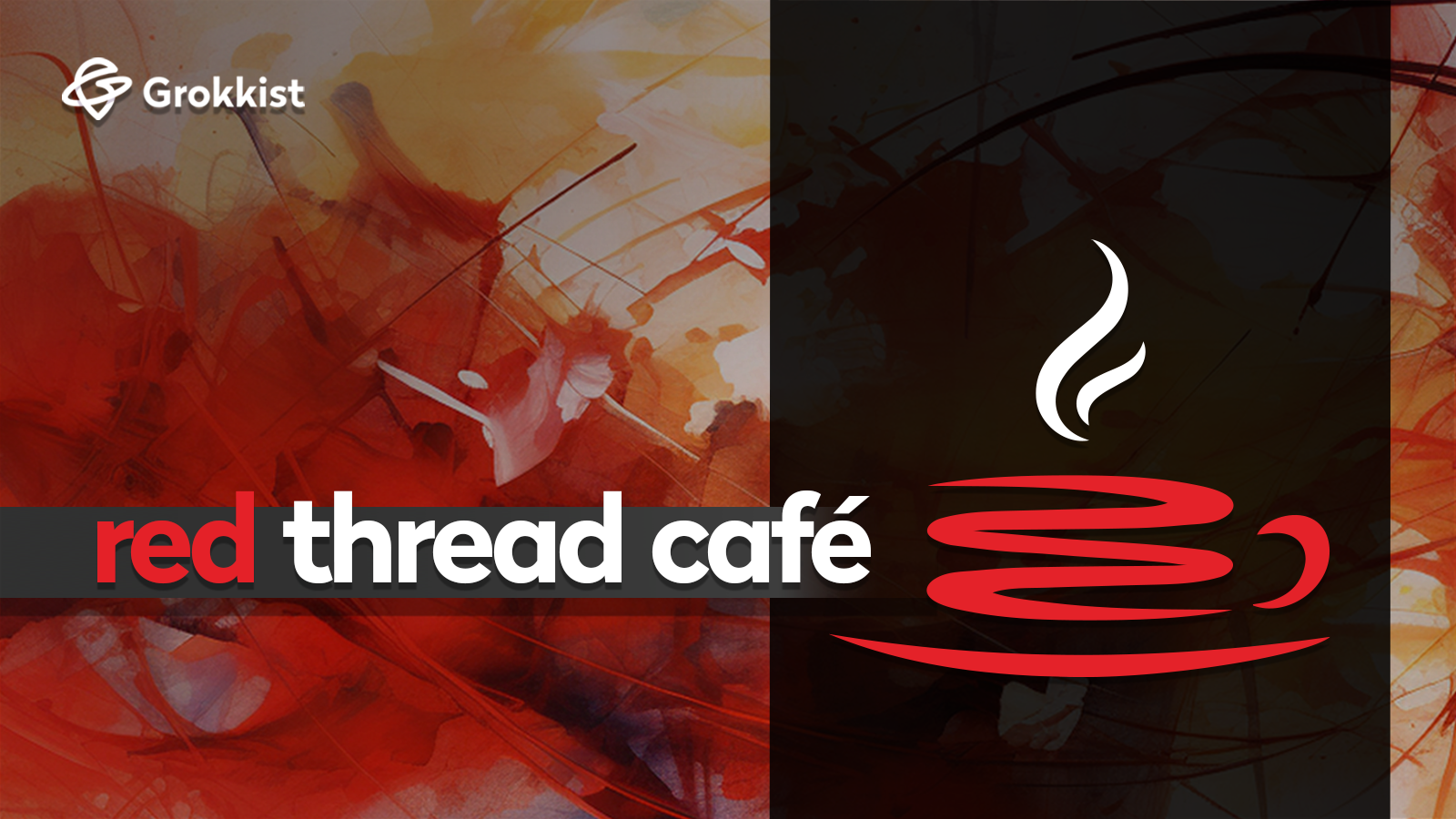
🗓️ Red Thread Café – online social meetup
Welcome to Red Thread Café – a relaxed and informal social space for grokkists to connect over the weird and wild episodes that make up our squiggly personal and professional stories, and the red thread that runs through it all.
Whether you’re in a life transition, having a career crisis, navigating burnout, or simply looking for inspiration and new friends who you don’t have to explain yourself to, come along and chill out to share what’s been going on for you, exchange perspectives and resources, or simply enjoy the vibe while feeling less weird about yourself.
Open to all free of charge, regardless of whether or not you’ve taken our Find Your Red Thread course.
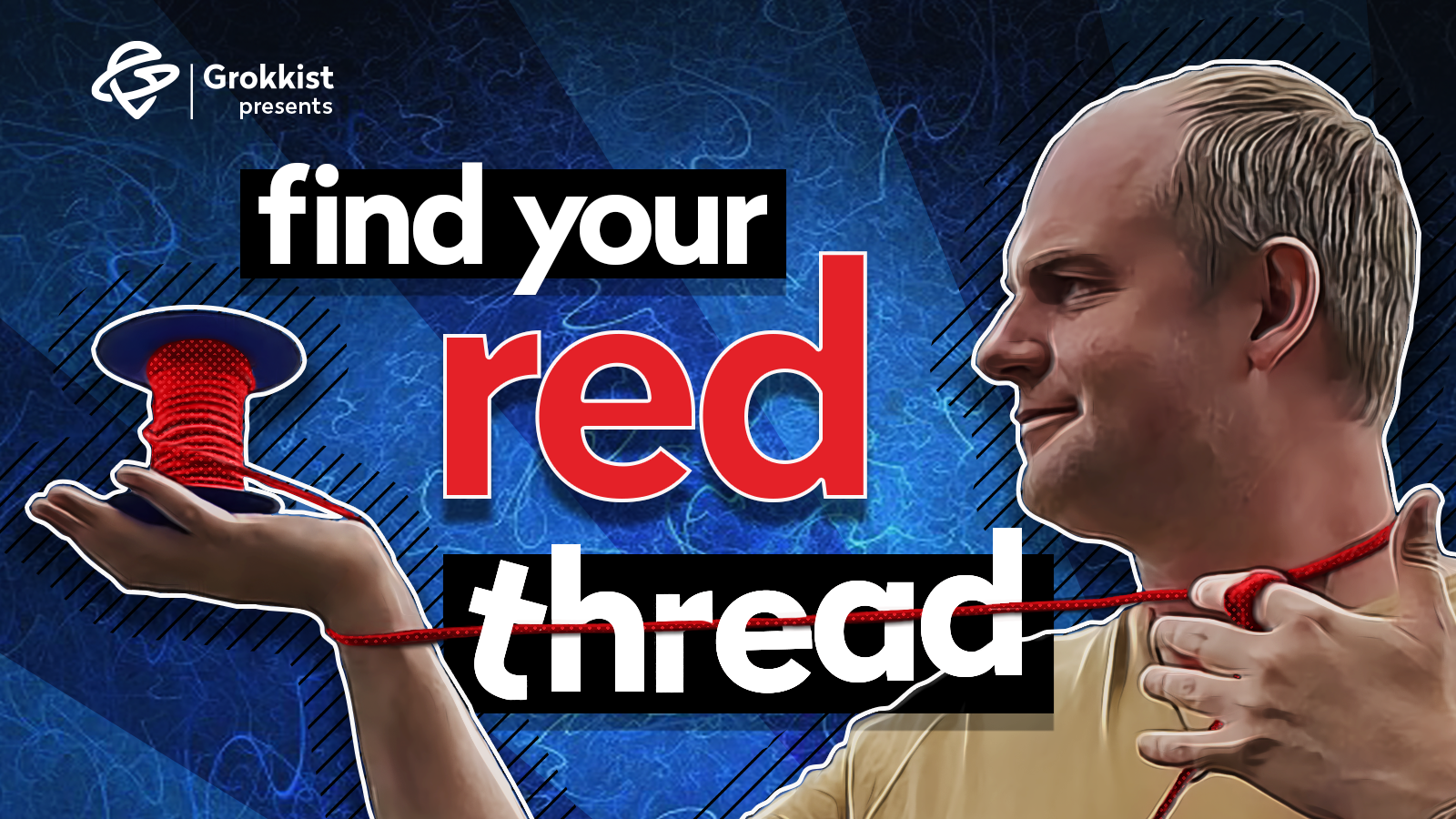
Find Your Red Thread course
Welcome to the Find Your Red Thread Course, where we gather to celebrate our squiggly stories, while making sense of them and ourselves.
Led by Grokkist founder Danu Poyner, whose professional journey is squigglier than a Norwegian fjord, Find Your Red Thread’s five live and interactive online workshops will delve into concepts and exercises that help you embrace your multi-dimensional self, weave an intertwined narrative, and find companionship with fellow curious explorers.
Each session is thoughtfully designed to address fundamental questions, guiding you to grasp your red thread and 'speak from the spool'.


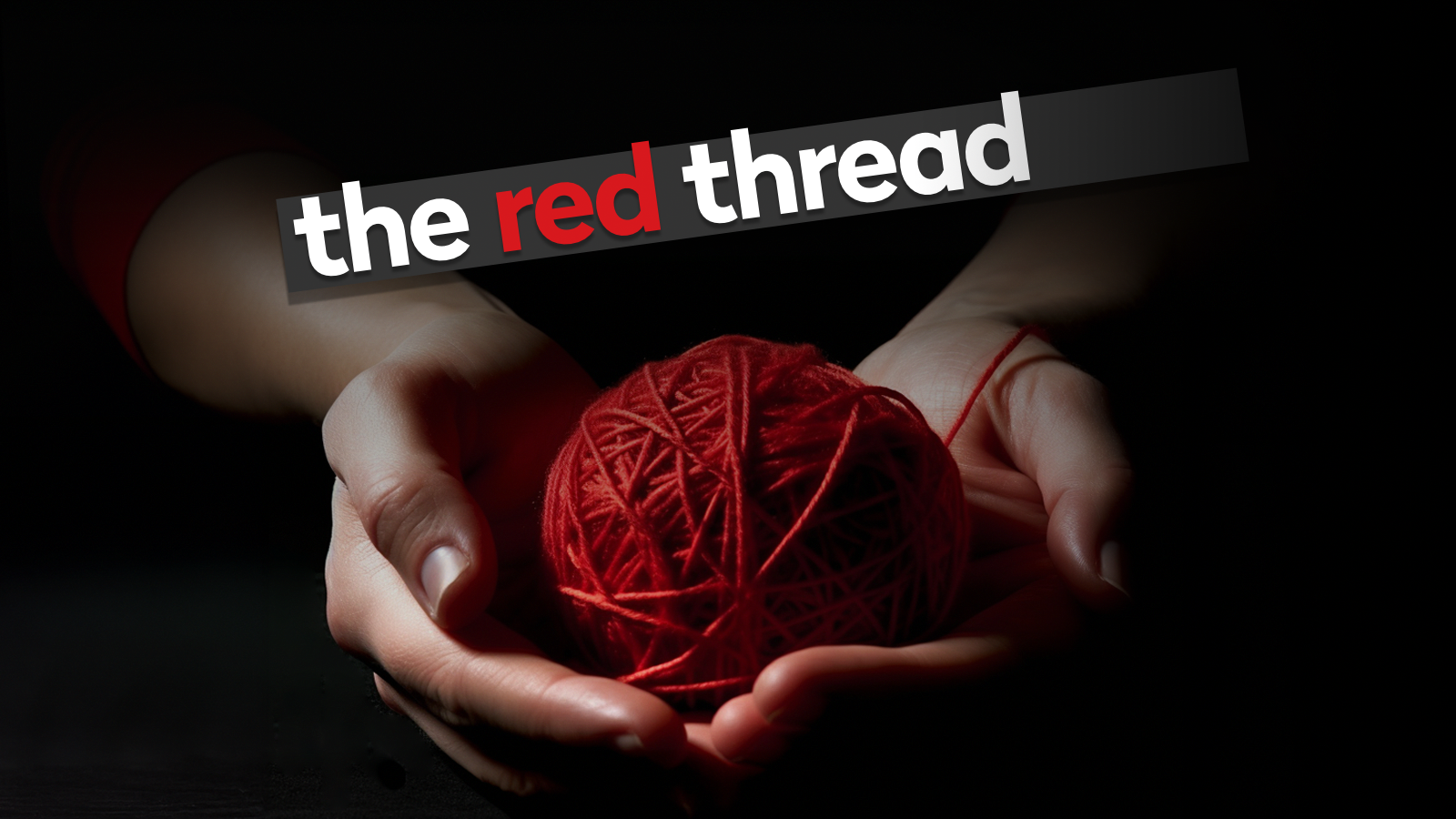
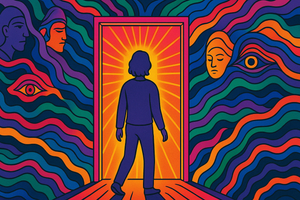

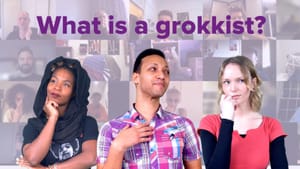

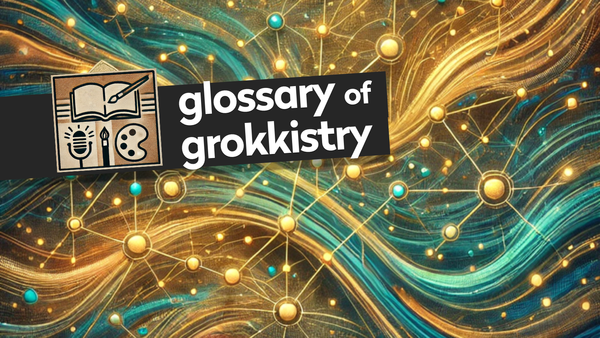

Member discussion